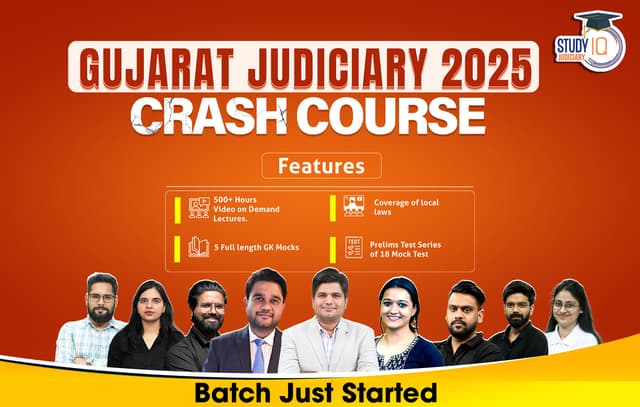Table of Contents
The Juvenile Justice (Care and Protection of Children) Act (JJ Act), 2015, establishes a framework to ensure that minors under 18 years are managed within a rehabilitative system rather than the adult criminal justice system. Departures from this concept, including the imprisonment of juveniles in adult facilities, represent serious infringements of the Act’s rehabilitative intent and constitutional protections. A recent ruling by the Karnataka High Court in Criminal Appeal No. 200093 of 2019 highlights the importance of promptly identifying juvenile offenders and the necessity for institutional oversight to protect their rights.
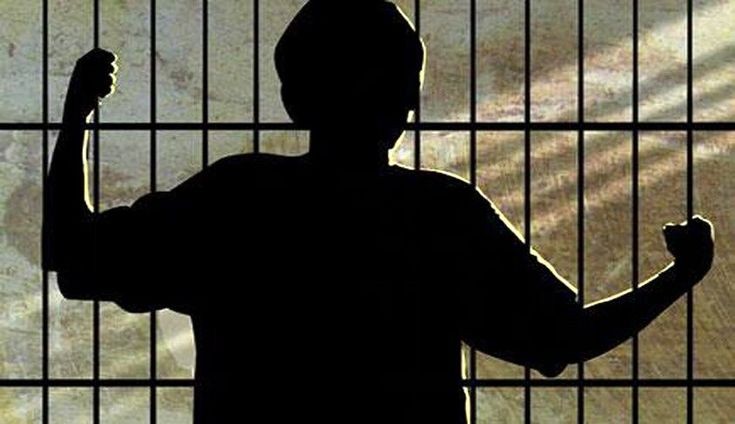
Case Background and Developments Under the JJ Act
The Karthik Case
- Karthik (name changed), convicted for murder instigated by his father, both accused in a revenge incident concerning his sister’s elopement, was initially prosecuted as an adult, although he subsequently asserted his juvenile status.
- The offence transpired in 2011, governed by the JJ Act of 2000 in effect at that time. The juvenility plea was presented in 2023, by which time the JJ Act of 2015 was in effect.
Judicial Holding
- In accordance with Section 25 of the JJ Act (2015), which stipulates the application of the law at the time of the offence, Karthik should have been classified as a juvenile from the beginning. A comprehensive failure to recognize him as such resulted in a 13-year imprisonment in an adult facility.
Compensation and Inquiry
- Recognising this infringement of Karthik’s rights, the High Court granted compensation of ₹50,000. It mandated the appointment of an Additional Registrar General of Sessions Judges to conduct a retrospective investigation into juvenility and instructed the filing of the ruling with the state Juvenile Justice High Court Committee to enhance systemic awareness and improvements.
- The Court directed the sensitisation and training of newly appointed Juvenile Justice Board (JJB) members, police officers, magistrates, and children’s court judges regarding the revised Karnataka JJ Rules 2025.
Relevant Jurisprudence
- The Patna High Court accepted a juvenility plea submitted 32 years post-offence, confirming that such pleas may be considered at any point.
- Supreme Court Criminal Appeal No. 347 of 2018: Emphasised that transfer certificates alone are inadequate to ascertain age. Only records delineated by the JJ Act are conclusive.
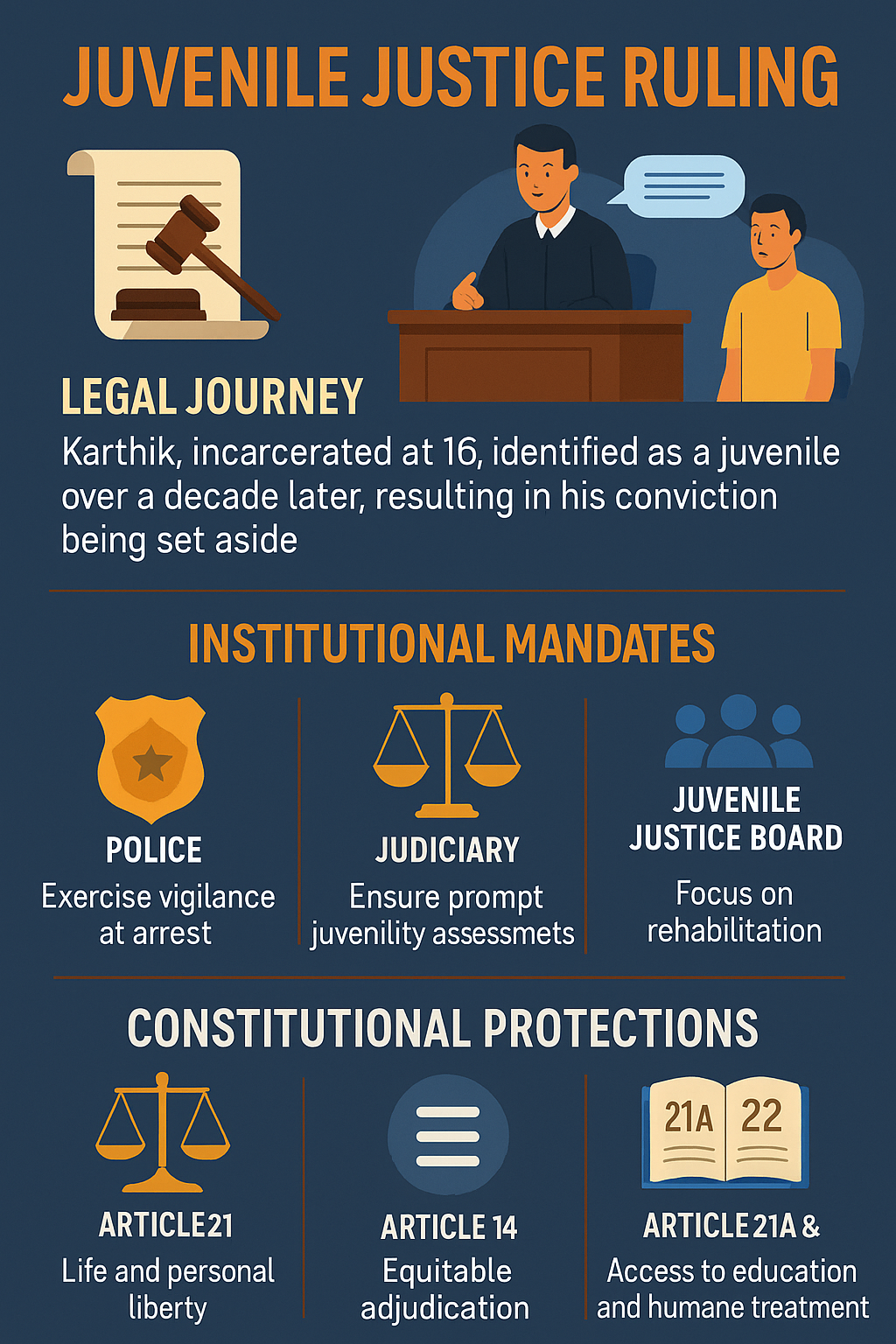
Juvenile Justice Act: Legal Framework and Core Principles
- The JJ Act emphasises the protection, rehabilitation, and social reintegration of minors rather than punitive measures.
- Compulsory Juvenile Proceedings: Individuals under 18 at the time of the offence must be adjudicated by a Juvenile Justice Board, rather than traditional courts.
- Procedural Fluidity: A claim of juvenility may be asserted at any phase, including after conviction, upholding the notion of substantive justice.
- Age Verification: It is essential to rely on legitimate, designated documents such as birth certificates, educational records, and medical age assessments for age determination.
- The Act promotes non-institutional approaches such as therapy and probation in lieu of jail.
The Juvenile Justice (Care and Protection of Children) Act, 2015, signifies a significant transformation in criminal justice ideology, perceiving children as vulnerable beings in need of safeguarding and direction rather than retribution. This paradigm is profoundly shaped by both national issues and global human rights standards that underscore:
- Best Interests of the Child: A fundamental premise of juvenile justice that underscores personalised care aligned with a child’s developmental requirements.
- Diversionary Mechanisms: Promoting rehabilitation through non-institutional interventions, such as family counselling, community programs, or probation, instead of criminal incarceration.
Enhancement of Legal Protections for Juveniles Subsequent to 2015
- Children in Conflict with Law (CCIWL): The JJ Act differentiates between children in conflict with the law and those in need of care and protection, offering parallel but integrated response mechanisms.
- Juvenile Justice Boards (JJBs): Comprised of a judicial magistrate and social workers, these boards are tasked with facilitating a child’s rehabilitation and are obligated to resolve cases promptly.
- The Act requires periodic inspections of child-care institutions and juvenile facilities to provide transparency and maintain minimal care standards.
Psychological, Developmental, and Sociocultural Context
Researchers assert that juveniles, due to ongoing neurodevelopment, demonstrate increased impulsivity, vulnerability to peer influence, and potential for rehabilitation. Housing minors in adult correctional facilities:
- Augments Psychological Trauma: Exposure to violence or sexual abuse can impose enduring mental health consequences.
- Increases the Likelihood of Criminal Conditioning: Disrupting rehabilitation standards frequently converts minors into incorrigible offenders.
- Hinders Social Reintegration: Educational deprivation, mental distress, and stigma obstruct their reintegration post-release.
Constitutional and International Dimensions
- Article 21: Ensures the right to live with dignity for all individuals, encompassing compassionate treatment and rehabilitation for juvenile offenders.
- Article 14: Indicates equality before the law, signifying that juveniles should not experience unfair treatment as a result of procedural deficiencies.
- The Convention on the Rights of the Child (CRC) mandates that India, as a signatory, must address juvenile offenders with a focus on their initial and continuous rehabilitation into society.
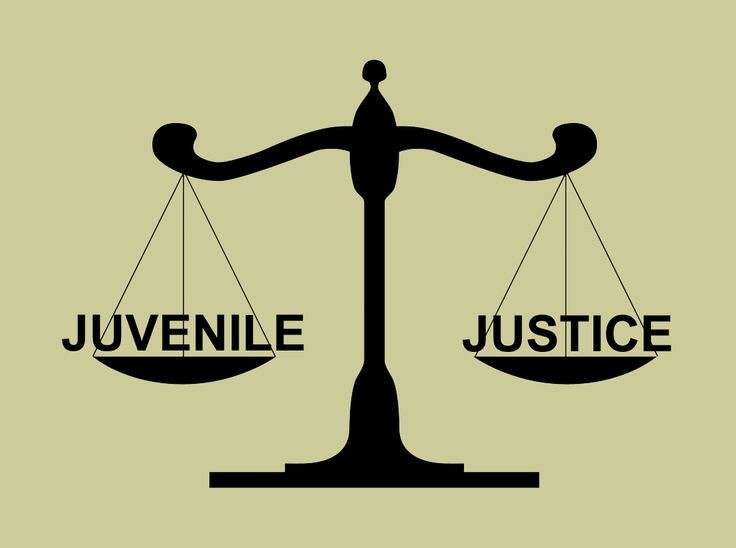
Global Comparative Perspective
- The UN Minimum Age Standard advises against prosecuting minors under 14 and requires distinct treatment for minors up to the age of majority.
- The United Kingdom’s Youth Offending Team approach prioritises multi-agency collaboration among the judiciary, social services, police, and education to devise customised interventions.
- Restorative Justice Models: Nations such as Norway emphasise restorative justice ideas, promoting juvenile offenders to recognise their harm and reintegrate through reparative actions rather than punitive measures.
- Such global experiences strengthen the repudiation of punitive, adult-oriented judicial paradigms for juvenile offenders.
Systemic Implications and Institutional Responsibilities
The ruling highlights significant institutional deficiencies:
- Police and Magistrates’ Role: The role of police and magistrates necessitates that frontline personnel receive training and possess awareness to accurately determine age at the earliest opportunity, thereby preventing the adult incarceration of juveniles.
- Administrative Oversight: The mandate for retrospective investigation and state-level committee reporting establishes frameworks to prevent future deficiencies.
- Continuing Education: It is essential to inform all stakeholders of updated regulations through continuous sensitization initiatives to strengthen juvenile protections within the justice system.
Strengthening Institutional Capacities
- Training Requirements: Judges, legal practitioners, law enforcement officials, and probation officers require specialist training in developmental psychology, trauma-informed treatment, and juvenile legal procedures.
- Technological Interventions: Digital age-verification technologies and connections to the national birth registry could mitigate conflicts regarding juvenility and accelerate the plea process.
- Public Awareness Campaigns: Community-focused messaging that advocates for rights and motivates families to pursue JJB intervention when children face charges can transform practices towards juvenile-appropriate paths.
The Way Forward
- The Karnataka High Court’s ruling in Karthik’s case highlights the severe repercussions of juvenile misclassification, contravening both legal requirements and the principles of restorative justice.
- Although the legal remedy offered limited restitution for the victim, the overarching message is clear: strong enforcement and institutional cognizance are essential for protecting juvenile rights.
- The ruling strengthens the legislative framework for juvenile justice and acts as a guiding light for systemic reform within the changing landscape of juvenile law in India.

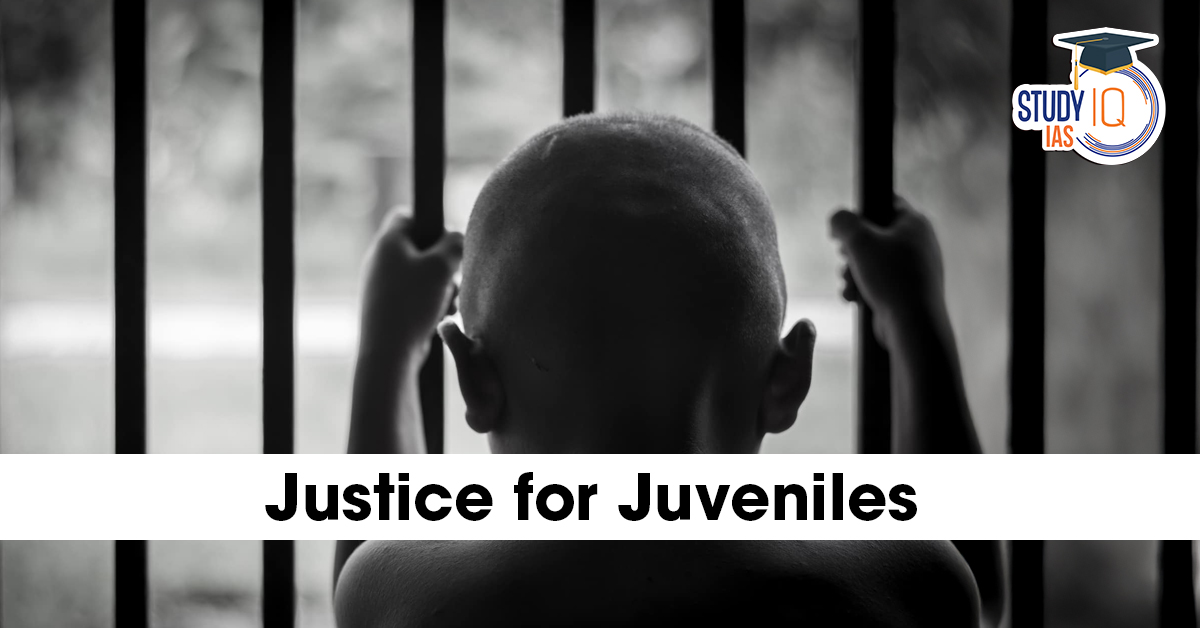
 Reserved vs General Quota: Supreme Court...
Reserved vs General Quota: Supreme Court...
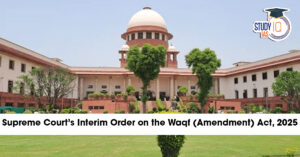 Supreme Court’s Interim Order on the W...
Supreme Court’s Interim Order on the W...





